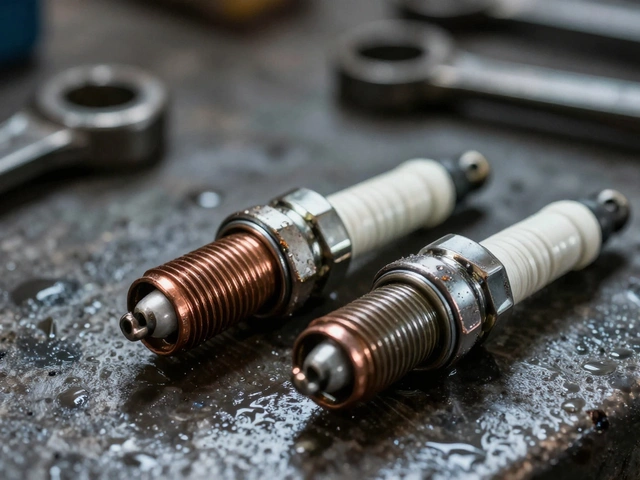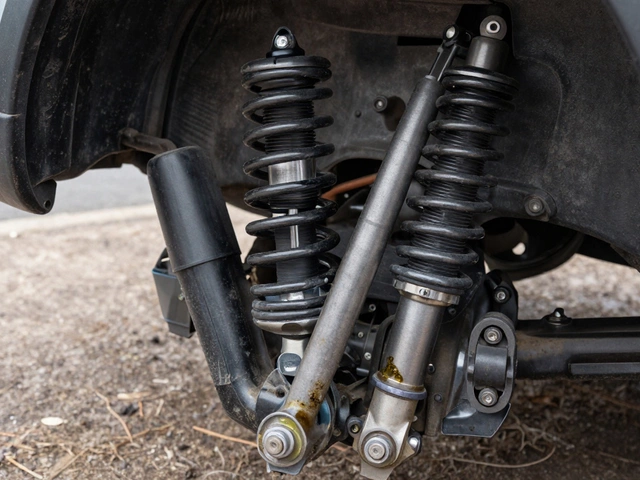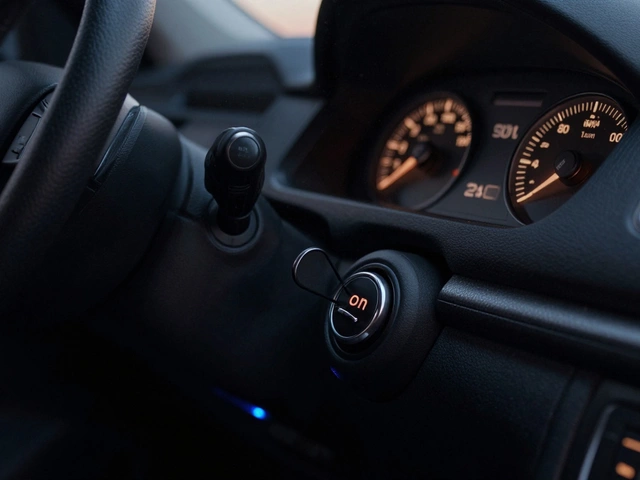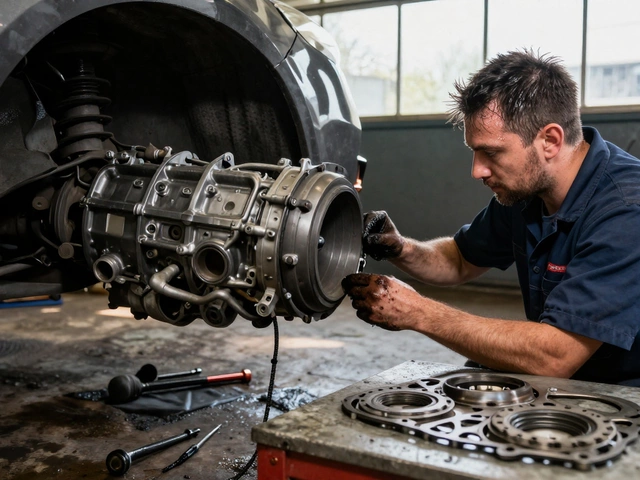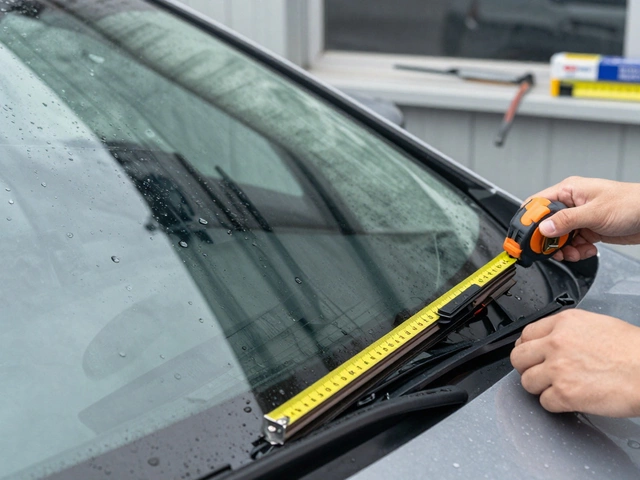DIY Radiator Replacement: Costs, Signs, and What You Need to Know
When your engine starts overheating, the car radiator, the main component that cools engine coolant by transferring heat to the air. Also known as cooling system radiator, it's one of the most critical parts keeping your engine from turning into scrap metal. A failing radiator doesn’t always scream for help—it might just slowly leak, clog up, or cause your temperature gauge to creep up on a hot day. Many drivers ignore these signs until it’s too late, and that’s when you’re stranded with a bill three times bigger than a simple replacement would’ve cost.
Before you jump into a DIY radiator replacement, the process of removing and installing a new radiator without professional help. Also known as radiator swap, it sounds like a weekend project, but it’s not for everyone. You need space, the right tools, and a clear understanding of your car’s cooling system. If you’ve got a radiator leak, a breach in the radiator’s metal or plastic housing that allows coolant to escape. Also known as coolant leak, it from a cracked tank or corroded hose connection, you might be able to fix it yourself. But if your radiator is clogged with rust or debris, or your engine has already overheated more than once, you’re risking more than just the radiator—you’re putting your engine at risk.
Most people don’t realize how much the car radiator replacement cost, the total expense to swap out a faulty radiator including parts and labor. Also known as radiator repair price, it varies. In the UK, a new radiator can run from £100 to £400 depending on your car model, and labor adds another £150 to £300. But if you’re handy, you can skip the labor and save big. Just remember: cheap parts can fail faster, and rushing the job can lead to air pockets in the cooling system, which cause overheating all over again.
You’ll also need to know what’s causing the problem in the first place. A radiator failure, when the radiator stops cooling the engine effectively, often due to leaks, blockages, or corrosion. Also known as cooling system failure, it isn’t always the radiator’s fault. A bad thermostat, a failing water pump, or even a cracked head gasket can mimic radiator symptoms. That’s why checking the whole cooling system, the network of hoses, pump, thermostat, radiator, and coolant that regulates engine temperature. Also known as engine cooling system, it matters. You don’t want to replace the radiator only to find out the water pump died two weeks later.
There’s no magic number for when a radiator should die. Some last 150,000 miles. Others crack at 60,000 if they’ve been run on cheap coolant or never flushed. If your car’s over 10 years old and you’ve never changed the coolant, you’re playing Russian roulette with your engine. Look for green or rust-colored puddles under your car, a sweet smell when driving, or a temperature gauge that’s always higher than normal. These aren’t just inconveniences—they’re early warnings.
Replacing a radiator yourself isn’t about being a mechanic. It’s about knowing when you’re ready, what tools you need, and when to stop and call a pro. If you’ve swapped brake pads, changed oil, or replaced a fuel pump before, you’ve got the mindset. This isn’t a beginner job, but it’s not impossible either. The posts below cover everything from spotting early radiator problems to the exact tools you’ll need, the hidden costs most people forget, and real stories from people who did it right—or messed it up. You’ll find out why some DIYers saved £500, and why others ended up with a tow truck bill. Let’s get you the facts before you start loosening those bolts.

